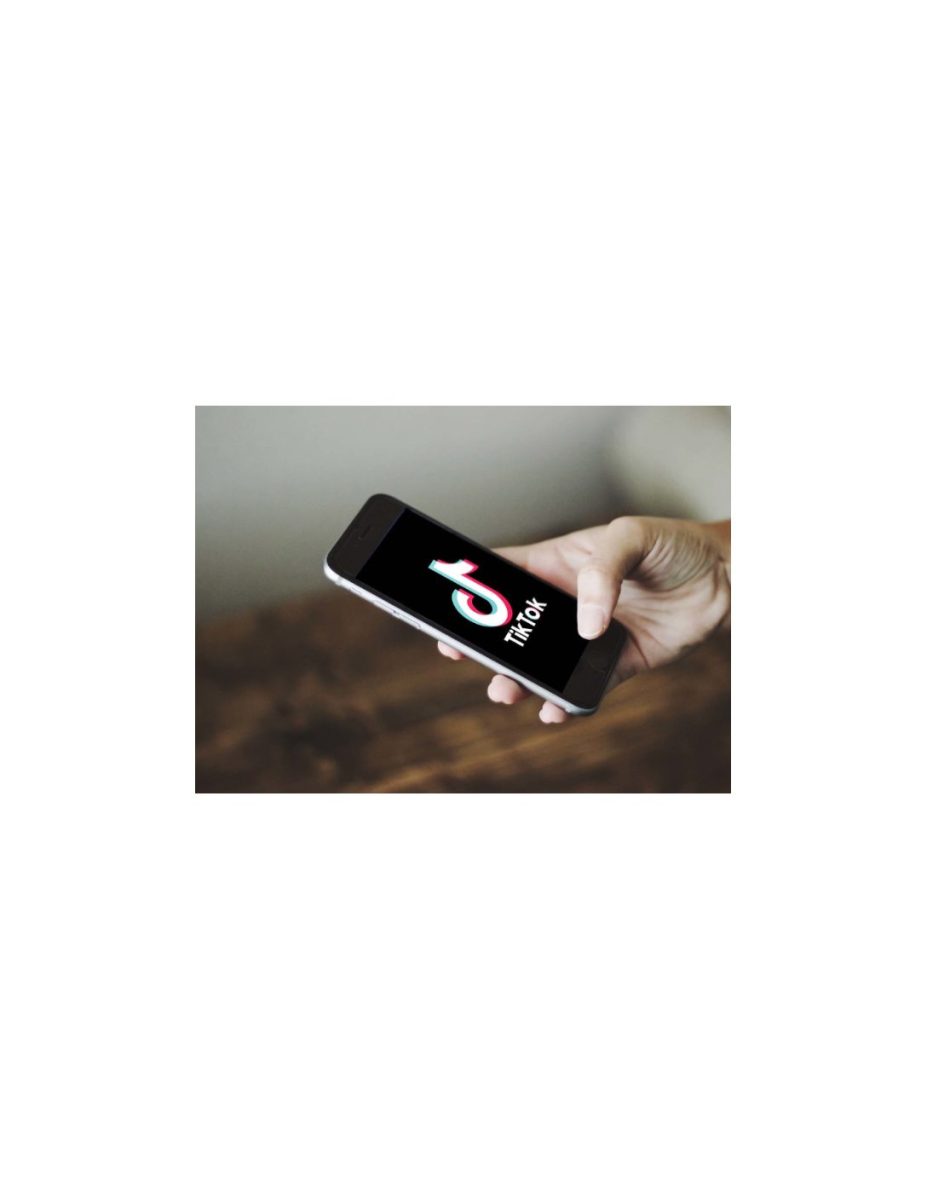Your brain is working against you. Have you been feeling it? Human attention spans have been decreasing since 2000. As if this isn’t bad enough, the global pandemic and rise of TikTok in early 2020 has worsened focus even more. Who’s got it worst? Teens.
Tons of different sources list different statistics for the decrease of attention spans in recent years. TIME magazine says that the average human attention span is now 8 seconds, less than the alleged attention span of a goldfish. According to CNN, we’ve gone from 2.5 minutes in 2004 to 47 seconds today. While the numbers differ quite a bit, it seems that everyone agrees there’s been a definitive change.
The beginning of our societal fascination with short-form content began in 2013, with the launch of the six-second short-form app Vine. After Vine was shut down in 2016, a similar app emerged called Musical.ly. Musical.ly allowed users to post short clips of themselves lip-syncing or dancing to songs. Musical.ly was converted into TikTok in 2018, after being bought by ByteDance, the company that now runs TikTok. TikTok emerged in 2016 as a combination of Vine and Musical.ly– people could post short clips to the platform and spread their content to a worldwide audience. TikTok became a true international sensation in early 2020, with 318 million downloads worldwide. Today the platform has over a billion global users. Other content companies soon followed suit, with YouTube and Instagram launching “Shorts” and “Reels”, respectively.
“Anytime when there’s blank space and I’m sitting there with nothing else to do, I’m on my phone and I’m usually on Instagram Reels,” said an anonymous junior. “I think it’s literally destroying my brain. I don’t care enough to fix the problem, but I know it’s there.”
Everyone agrees that doom scrolling–perusing short-form platforms for hours on end–can’t be good for your brain. It’s easy to spend hours at a time, hunched in the same position, gazing at the screen that so gracefully captures your attention. During the COVID-19 pandemic, when there was nothing else to do, the insistent pull of the scroll was allowed to fester and become even stronger than it would be otherwise. Now that our brains have adjusted to the 6-second format it’s almost impossible to focus consistently for a long period of time.
“I’ve made a point of asking students not to open their computers when they come in until instructed to do so,” said Mr. Rashkind. “It’s hard for all of us to stay focused on our work when there’s so many distractions that are readily available.”
“I have to force myself to do work; it doesn’t come naturally,” says the Junior. It’s actually impossible to focus on multiple things at once. When we “multitask”, our brains are actually switching back and forth very quickly between alternate tasks. And, once you’ve gotten distracted, it takes forever to get back to what you started with in the first place. “[Technology has] created a kind of a crisis in terms of the challenges we have with things that are hard,” said Rashkind.
In recent years, editors have shaved off whole seconds of shots when making films. Movies over two hours seem tedious to some and impossible to most. Can you remember the last time you sat down and watched an entire movie in one sitting?
Teenagers tend to be the most sleep-deprived members of society in the United States. Lack of sleep builds up what psychologists call “sleep debt”– the effect of consistently getting inefficient rest per night. The greater the sleep debt in an individual, the lower their focus and greater their tendency to go on a short-form media dispenser like TikTok. So while students are already huge targets for the attention span crisis because of a pandemic smack in the middle of their high school years, they’re also predisposed to a lack of focus because of their sleep patterns, which are hard to change because of school hours and homework load.
If you’ve been feeling more distracted or less focused in recent years, now you know why. If you can, pull yourself away from your screen for a little while.

































